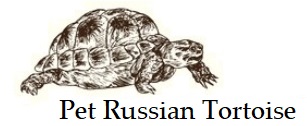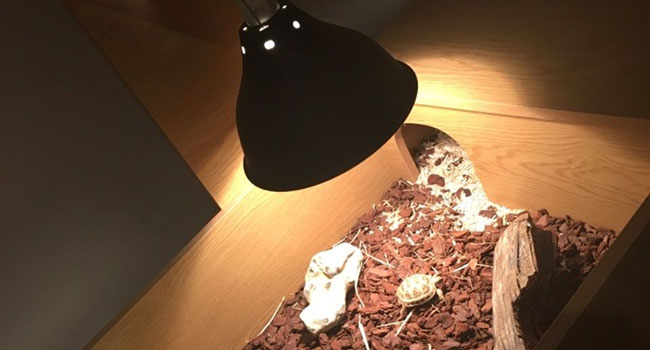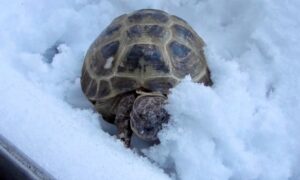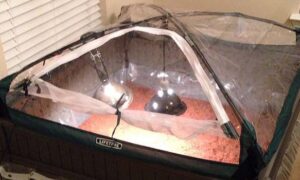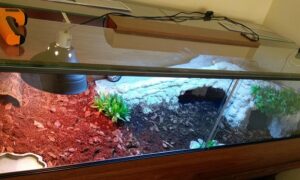UV light is important for growth and development. There are three types of UV rays, and the most important type of UV for Russian tortoises is UVB. UVB rays are important to help produce vitamin D3 and help properly absorb calcium and nutrients. Without UV rays for prolonged periods of time, tortoises can develop metabolic bone disease and irreparable illnesses.
And although sunlight is the ideal source of UV lighting, you need to support your indoor Russian tortoise.
UVB Light for Russian Tortoises
Because UV is important for calcium absorption and growth, it’s important to provide a source of UV for indoor Russian tortoises. If you’re able to get your tortoise outside for just a few hours a week, you don’t need an indoor source of UV. However, it’s a safe to install a proper source of UV in an indoor enclosure.
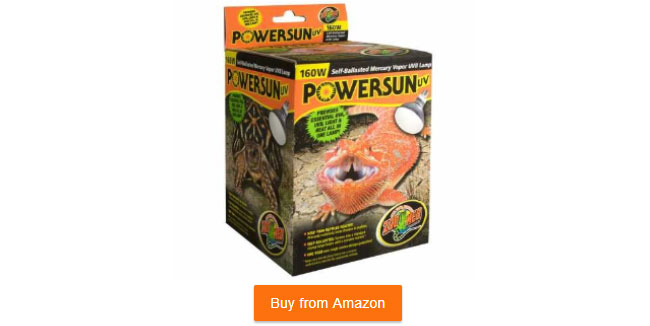
When choosing a UV source for Russian tortoise enclosure, UV tubes and UV bulbs are most recommended. Avoid using compact UV bulbs. Compact UV bulbs are coiled, but some are short and straight. Compact UV bulbs can cause possible eye damage or burns. Coiled UV bulbs can have UV spikes and IF USED, should never be placed at an angle. Compact UVB bulbs should be installed in a light fixture directly overhead of the tortoise.
Install a UV Source for Indoor Enclosure
When installing a UV light in an indoor enclosure, avoid putting the UV light on top of a glass lid or a screen lid. A mesh lid will block some of the UVB rays, whereas a glass lid will block nearly all of the UVB rays. You want your Russian tortoise to be able to absorb all of the UVB rays.
Attach the UV source to the underside of the lid, keeping UV within the recommended height. Generally, UV fixtures should be no more than 12″ from the top of your tortoise’s shell. However some products recommend being mounted further away. For example, the Arcadia 12% HO tube should be mounted 20″ away, and the ZooMed T-5 tube should be 16-18″ away.

If the UV source is too close, it can burn new growth on your tortoise’s shell. In order to keep your tortoise safe, use the manufacture’s recommended installation guide.
How Long Should UV Light Stay On?
When setting up an indoor enclosure for a Russian tortoise, use a timer to set the UV to turn on and off. This ensures that your pet tortoise is getting optimal UV. During the spring and summer months, set the timer to 12-14 hours, and during the fall and winter months, set the timer to 10-12 hours.
If you’re able to get your tortoise outside for a few hours a week, you can reduce the amount of time your UV light is on.
